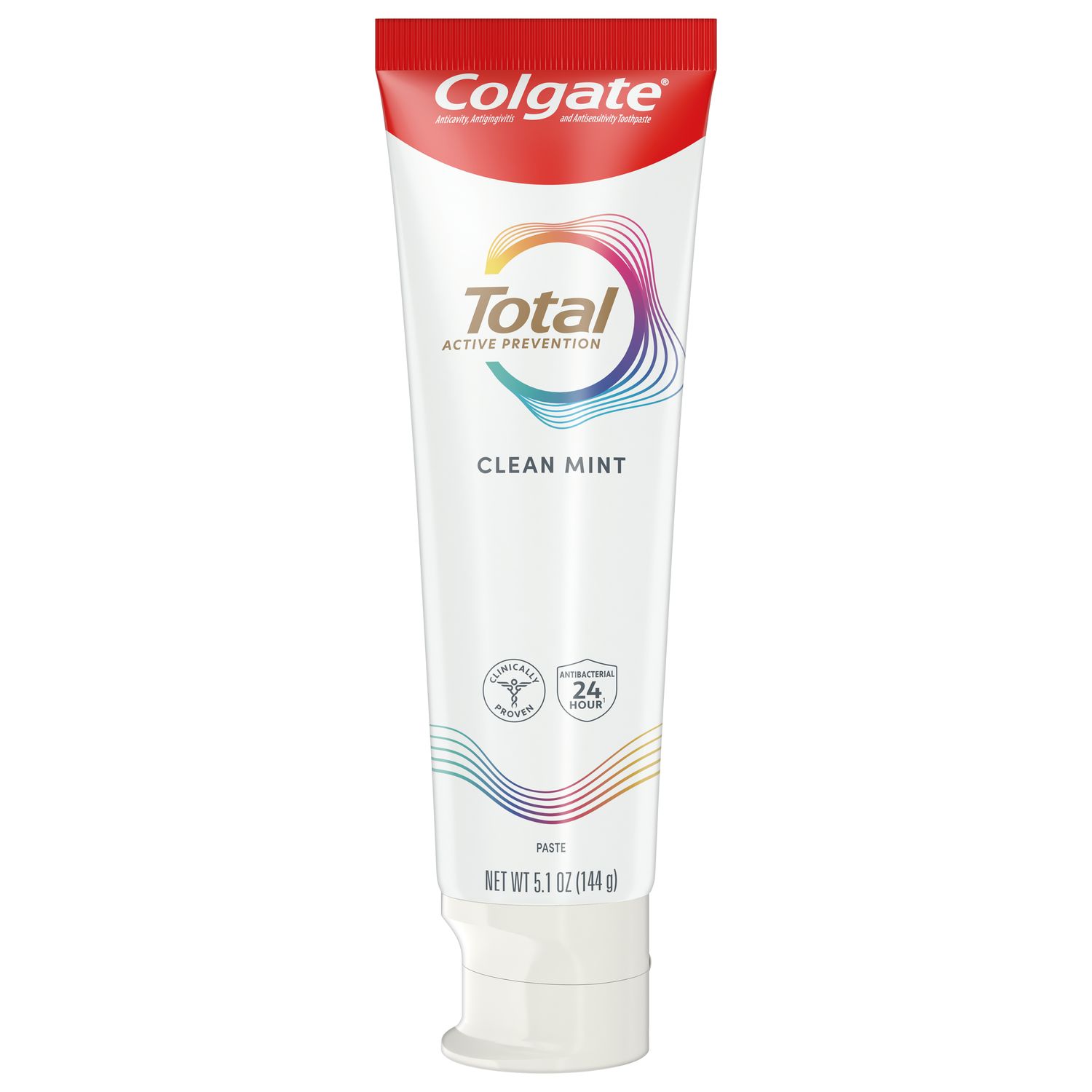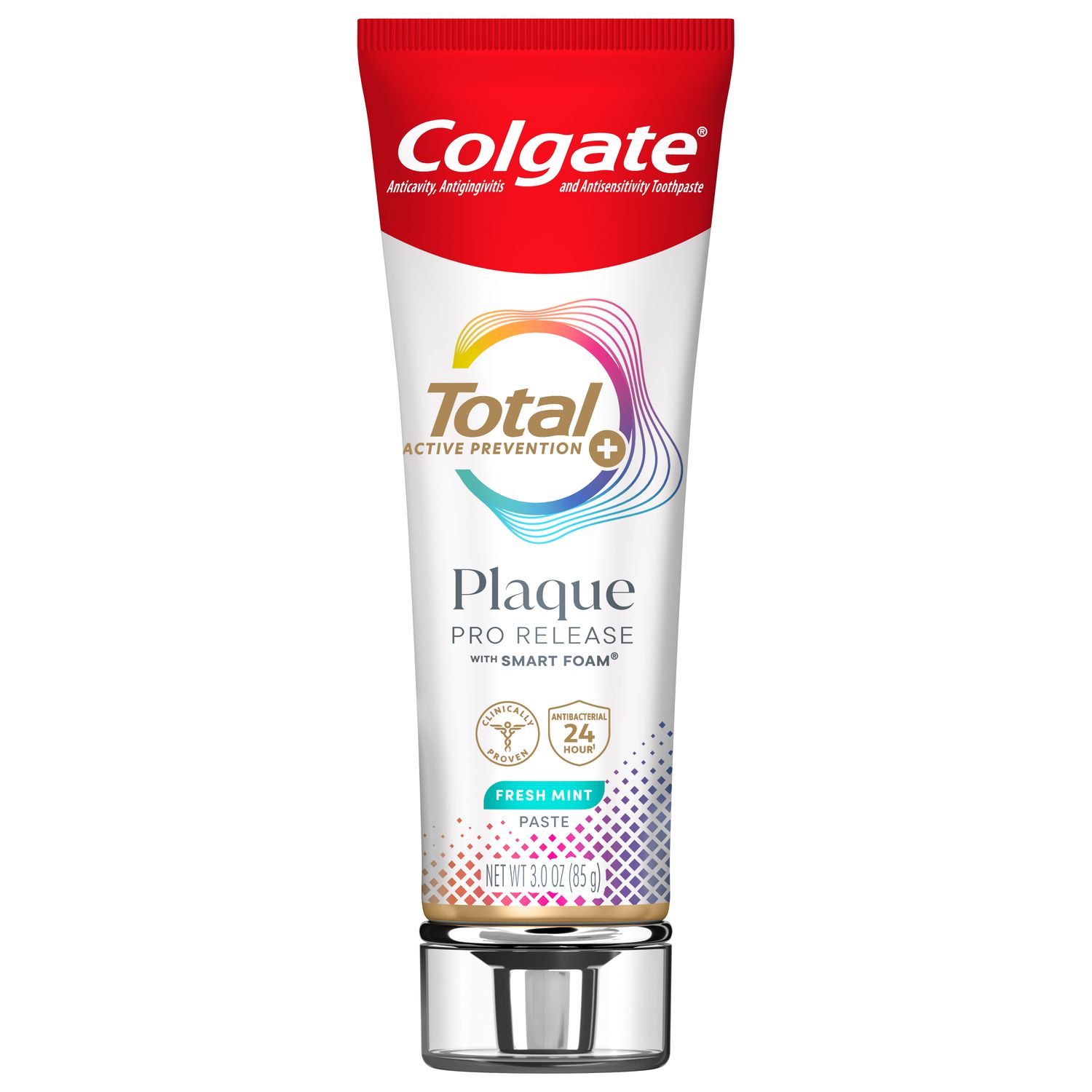
Just as preventive care matters for treating caries and periodontal disease, learning good habits and proactive care may help prevent back problems and foster a long and healthy career.
Coping with dental hygienist back pain can be truly frustrating. You love your job and want to continue to care for your patients for many years to come, but the physical demands of the profession can be difficult. Just as preventive care matters for treating caries and periodontal disease, learning good habits and proactive care may help prevent back problems and foster a long and healthy career.
The Foundations of Preventing Dental Hygienist Back Pain
As a dental hygiene student, you may have had professors who worked hard to direct you toward the best posture and operator positions to avoid back injury. It's also possible that a program didn't fully cover ergonomics in the flurry of learning treatment skills and technical procedures.
Regardless of whether you have forgotten your student days or never learned proper posture, it's easy to fall into hunching your shoulders, overextending to reach for a tool and other bad habits. Over time, the results of those bad habits — such as back pain, neck aches or headaches — begin to crop up. Even if frequent aches have already started, it is not too late to prevent and reduce further pain and damage.
The Importance of Ergonomics
The Centers for Disease Control recommends fitting instruments, work spaces and tasks to an "employee's physical capabilities and limitations" to provide for good ergonomics. This helps to prevent musculoskeletal injuries. Good ergonomics start with awareness and effective equipment, but budgeting for ergonomic equipment can be daunting. Think about setting up a savings account or asking your practice manager what resources are available to you.
RDH Magazine explains how ergonomic seating, such as a saddle stool, can focus on specific parts of the body to prevent pain. While sitting for multiple hours, aligning the back and hips in the best chair for your body type may help protect against back strain.
Loupes are another resource that may help you steer clear of damaging postures and habits. The illumination and magnification from a set of loupes eliminates the need to bend and crane over a patient's mouth to get a good view.
Exercise and Treatment
While proper equipment and posture may help prevent dental hygienist back pain, exercise and treatment are crucial for managing pain. RDH Magazine details how massage therapy may not only reduce musculoskeletal pain, but also help with stress management. A good massage therapist will be able to identify muscle groups or areas that bear the brunt of pain and fatigue.
Yoga can be another great way to reduce tension and twinges. According to Dimensions of Dental Hygiene, pain frequently experienced in the back may stem from tight muscles in other parts of the body. The repetitive motions associated with performing dental procedures can create tension in the hips, hands, shoulders and other hardworking body parts.
The full-body nature of yoga allows you to stretch and strengthen the muscles you use while treating patients, as well as the muscle groups that balance them out. You can practice yoga at home, a community class, a yoga studio or even in a break room between patient appointments.
Takeaways
- Develop and keep up with good posture habits to prevent back injuries.
- Invest in your profession and body by getting the equipment to help you to do your job without pain.
- Just like preventing cavities, daily maintenance is essential. Take time out for a massage or a stretch.
Why It's Important
Prevention and maintenance of back pain is essential to a long and healthy career. Be mindful of your movements and posture throughout the day, and talk to your doctor about exercises and other ways to manage pain.
Join us
Get resources, products and helpful information to give your patients a healthier future.
Join us
Get resources, products and helpful information to give your patients a healthier future.













